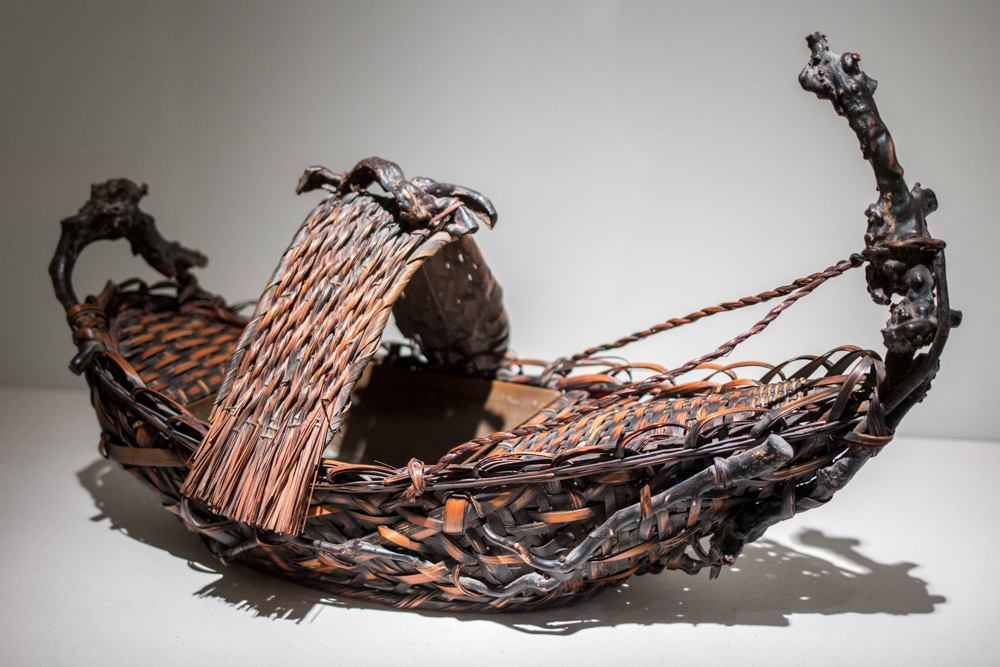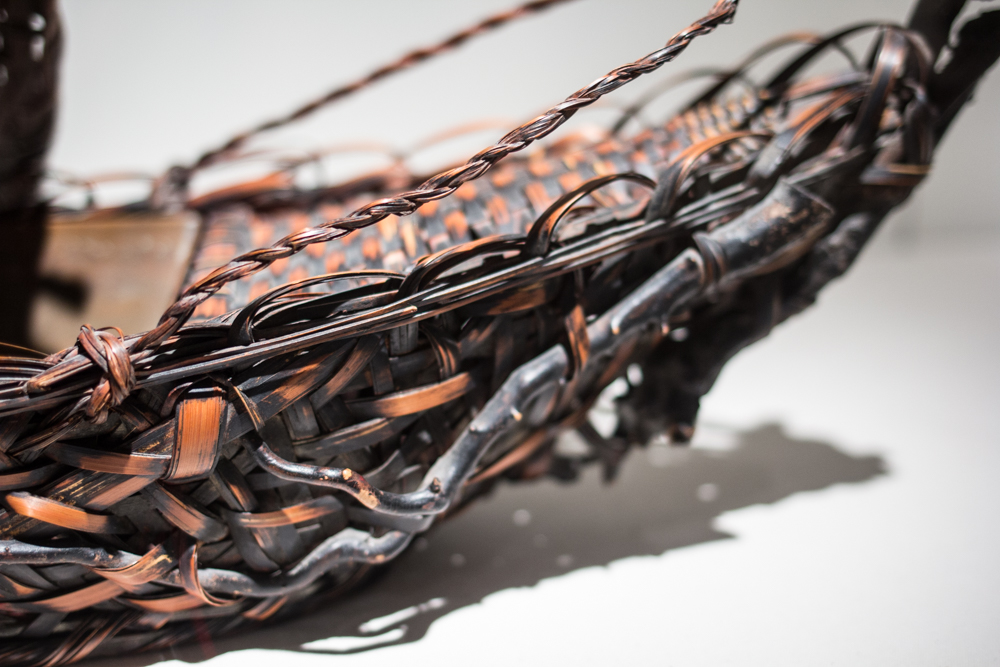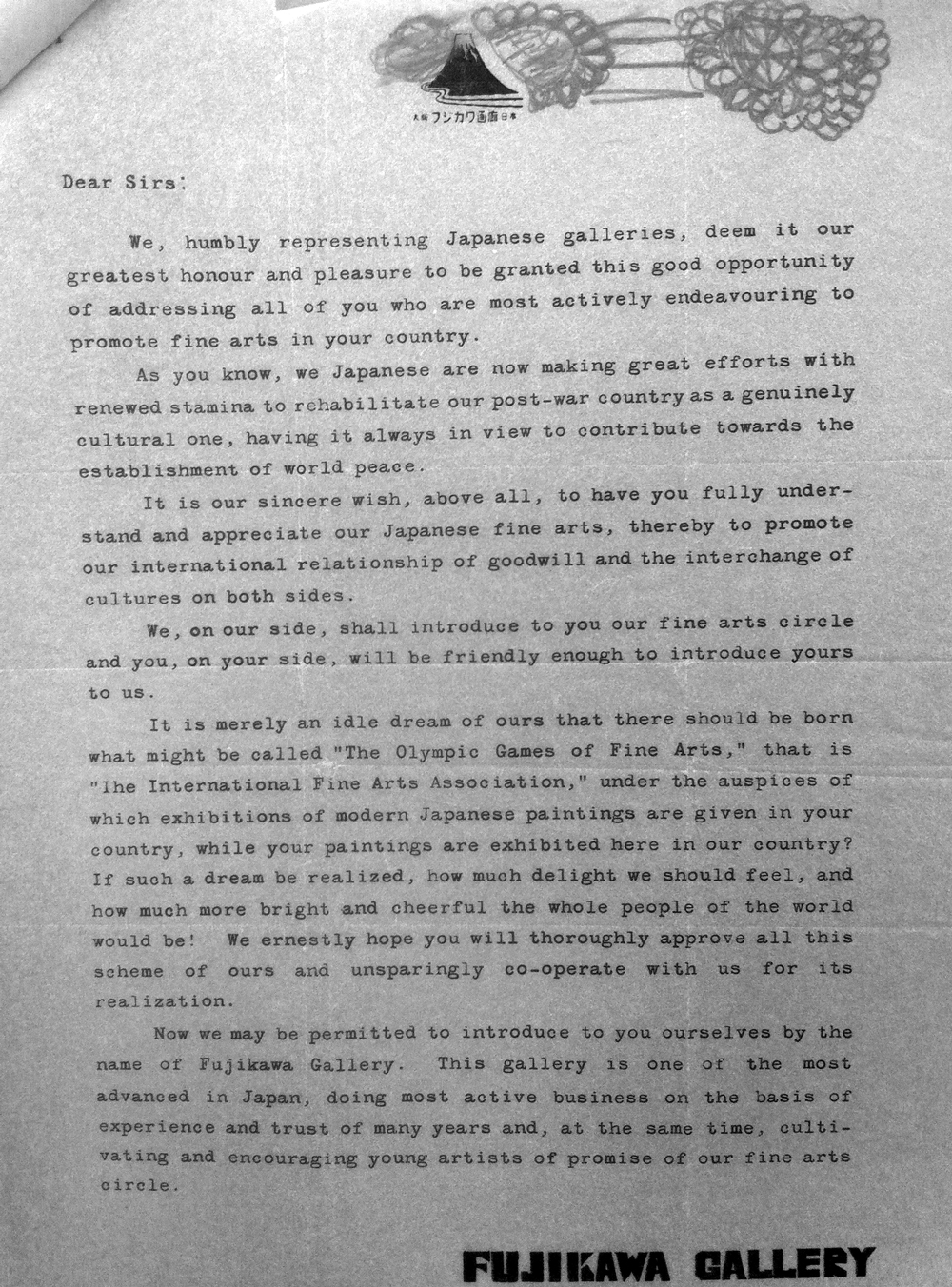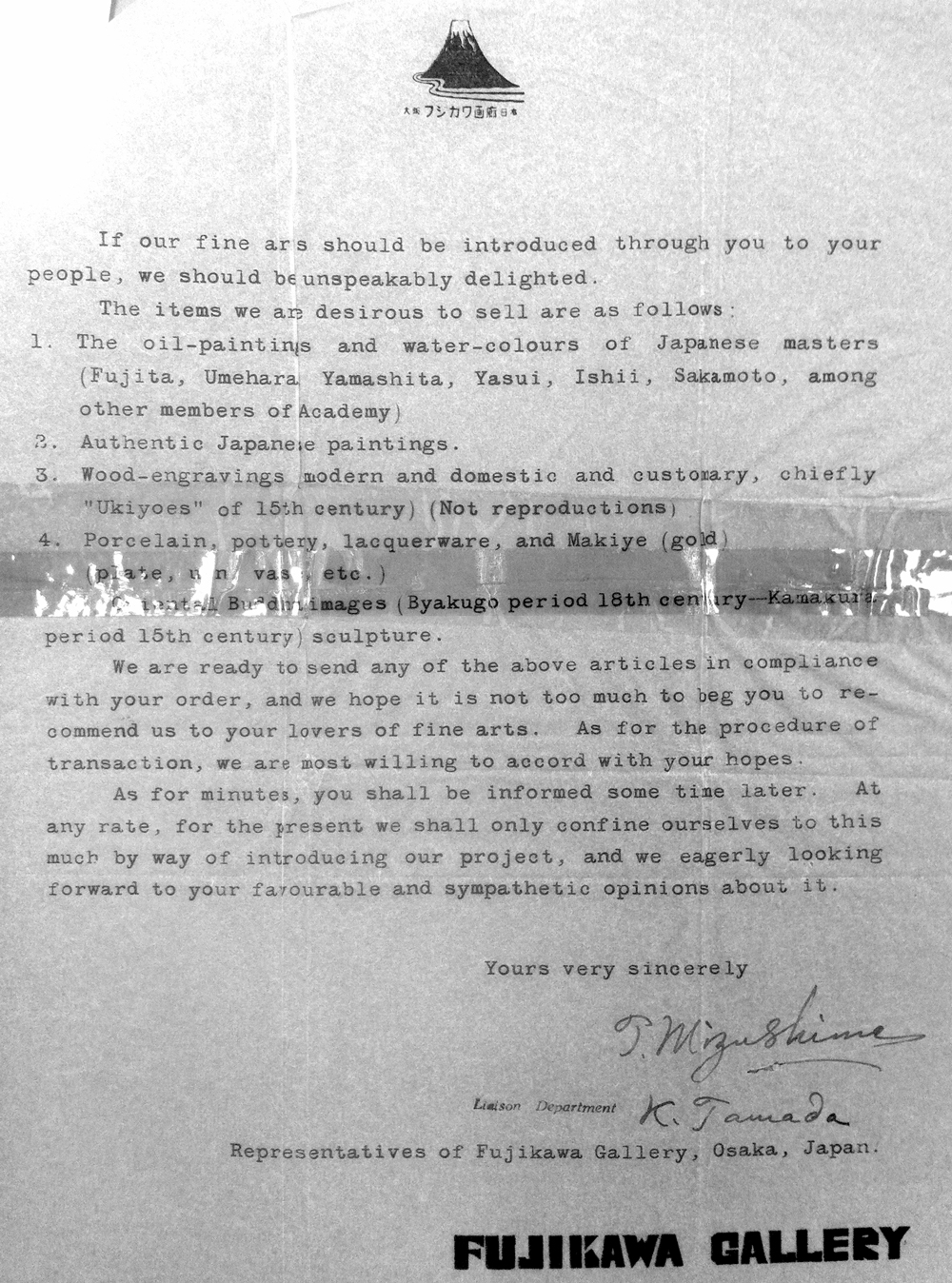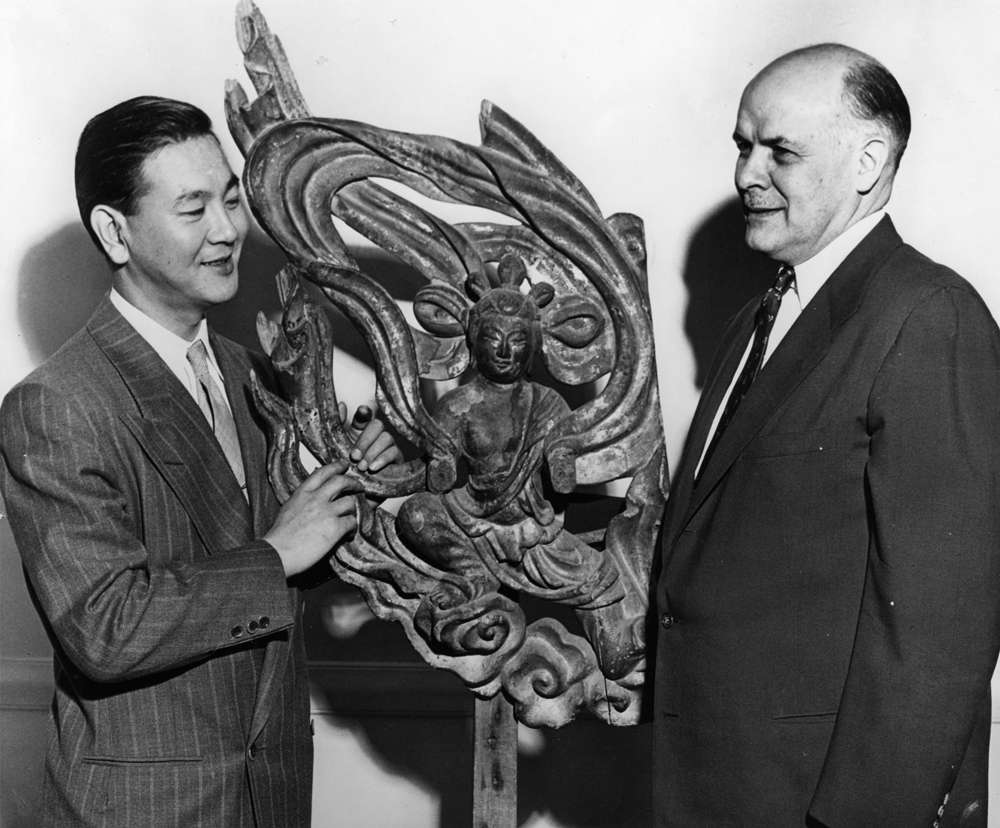Lift Every Voice: Responding to Lawrence’s Struggle Series
Jacob Lawrence’s iconic series Struggle: From the History of the American People retells key moments in this country’s early history and centers the underrepresented contributions of Black Americans, Indigenous Americans, and women. Lawrence’s vision is an inspiration to young people today as they reflect on historic times. Created in partnership with South End Stories and Mr Santos Creations, this video features insights from Seattle Public School students, past and present. Delbert Richardson, founder and curator of the American History Traveling Museum: The Unspoken Truths, contextualizes this iconic work of American art and draws connection to our current times, from Crispus Attucks to Black Lives Matter. Jacob Lawrence: The American Struggle is on view through May 23, 2021.
Director
Terrence Jeffrey Santos
Regional Emmy Awardee for Cinematography (2016), The Otherside Documentary Design Director of Video Production, UW Athletics Marketing Department (2010-2015) @filipinxfoodseattle @musangtinos @anaktoykompany @loveandpicnics
Producer/Writer
Donte Felder Donte is the founder and Executive Director at South End Stories (one of our new community partners) where they focus on Trauma-Informed Arts Practice: Healing Through History and Creativity. Donte is a former SPS educator and has been the recipient of WEA’s Humanitarian Award as well as Washington’s Golden Apple Award. Donte comes from a family of seasoned educators and community leaders focused on pursuing social justice by developing anti-racist and anti-oppression practices in schools and communities. southendstories-artsed.com
Speakers
Bayje Felder has been acting since the age of 5. She has starred in productions through Stone Soup Theater, Stage Struck, Columbia City Youth Theater Group, Orca K-8 Drama Program, and South End Stories. Some of Bayje’s favorite roles were as Charlie, in an Orca Drama reboot, Lavendar in Matilda the Musical, and as Hamilton in the Stage Struck Summer Program. Bayje is 13, enjoys soccer, basketball, baking, singing, hanging with her best friends, and playing with her pets Tyson the hedgehog and Kairo the Akita. Bayje’s favorite mottos are “Be yourself because everyone is taken.” And “Live everyday like it’s your last.”
Cece Chan is an activist and educator from Seattle, Washington who uses she/her/hers pronouns. She is a second year student at Pacific Lutheran University where she is the student body president and a double major in Gender, Sexuality, and Race Studies and Communications with a concentration in Media Studies. Her passions include decolonizing and diversifying systems of education, criminal justice, and healthcare. She is recognized for her film, For the Culture: An Ethnic Studies Documentary and her curriculum writing with South End Stories. She is, as she describes herself, an imperfect yet fearless leader.
Savannah Blackwell is a senior at Franklin High School and will attend Howard University in the fall. She has performed all over Seattle including the Moore theater with More Music @ the Moore 2019, the Paramount for their annual fundraiser, and the Benaroya Hall, also in 2019, with IBuildBridges. Savannah has participated in several plays & musicals. Some of her favorite roles have been Alice in Alice In Wonderland, a Doowop girl in Little Shop of Horrors, and Dorothy in The Wiz. Savannah believes in the power of music and arts and is grateful she’s able to use it as a vehicle for change and connection.
Mr. Delbert Richardson is a Community Scholar, Ethnomuseumologist, and Second Generation Storyteller, Owner of Global Unspoken Truths, LLC and President, of the National Awarding Winning American History Traveling Museum: The “Unspoken” Truths. With the use of authentic artifacts, storyboards, and the ancient art of “storytelling,” Mr. Richardson teaches “American History” through an afrocentric lens. His work is broken into four sections: Mother Africa, which focuses on the many contributions by Africans in the area of science, technology engineering, and mathematics (S.T.E.M.); American Chattel Slavery, the brutal treatment and psychological impacts on African Americans of the Diaspora; The Jim Crow era, the racial caste system that focused on the creation and enforcement of legalized segregation; and Still We Rise, which focuses on the many contributions in the Americas and Black inventors/inventions. Mr. Richardson’s work is geared towards K-12 students as well as professional development training for (primarily) white female teachers that make up over 79% of the national teaching force. Diversity, equity, and inclusion training is also a part of Mr. Richardson’s portfolio. Awards: 2013 National Campus Compact Newman Fellow, 2017 National Education Assoc. (NEA) Human and Civil Rights, 2019 Seattle Mayor Arts, 2019 Seattle Crosscut Courage in Culture, 2020 Assoc. of King County Org. (AKCHO) Heritage Education, 2020-2021 National Maquis Who’s Who.
